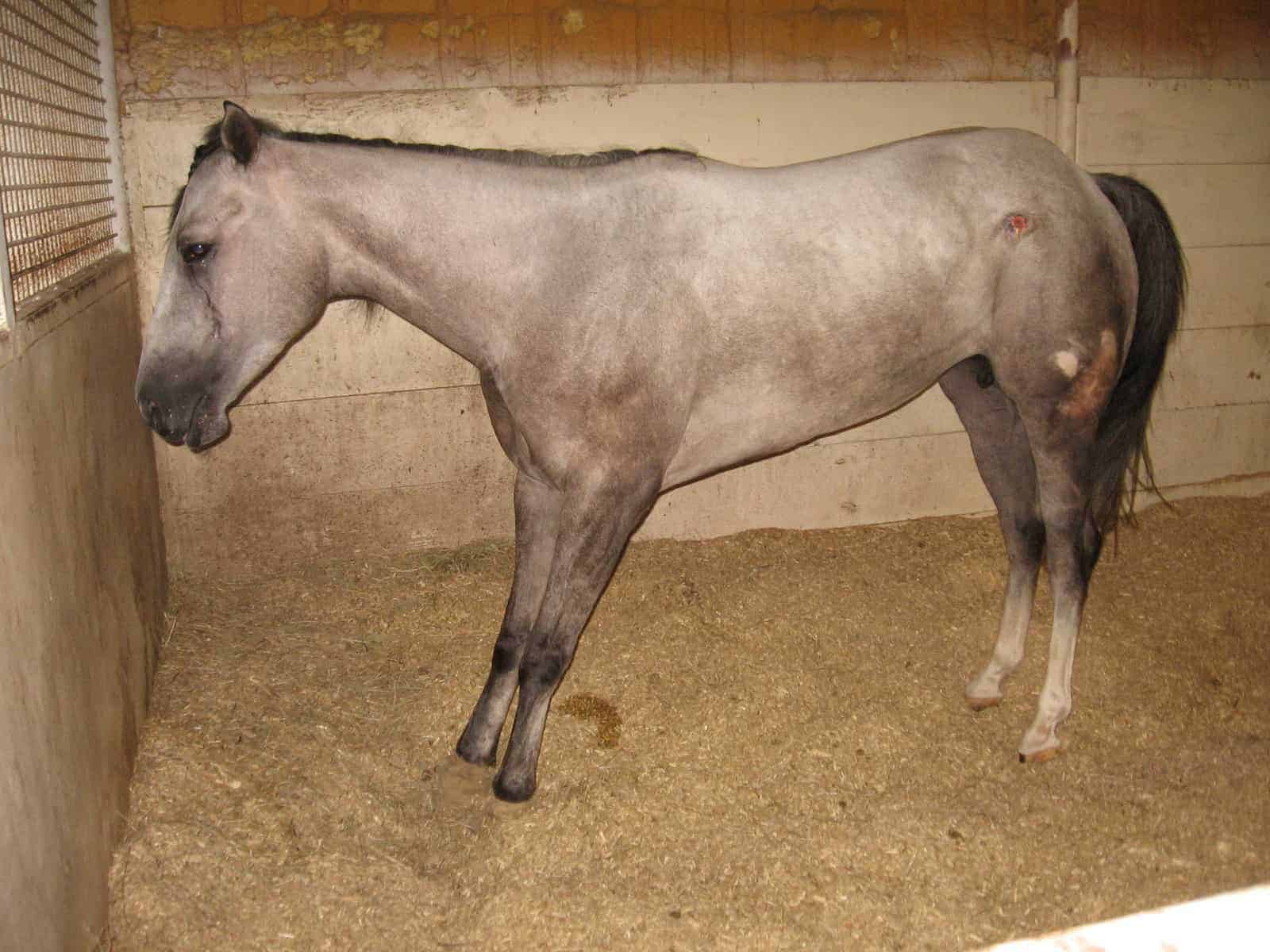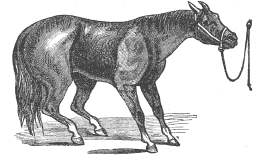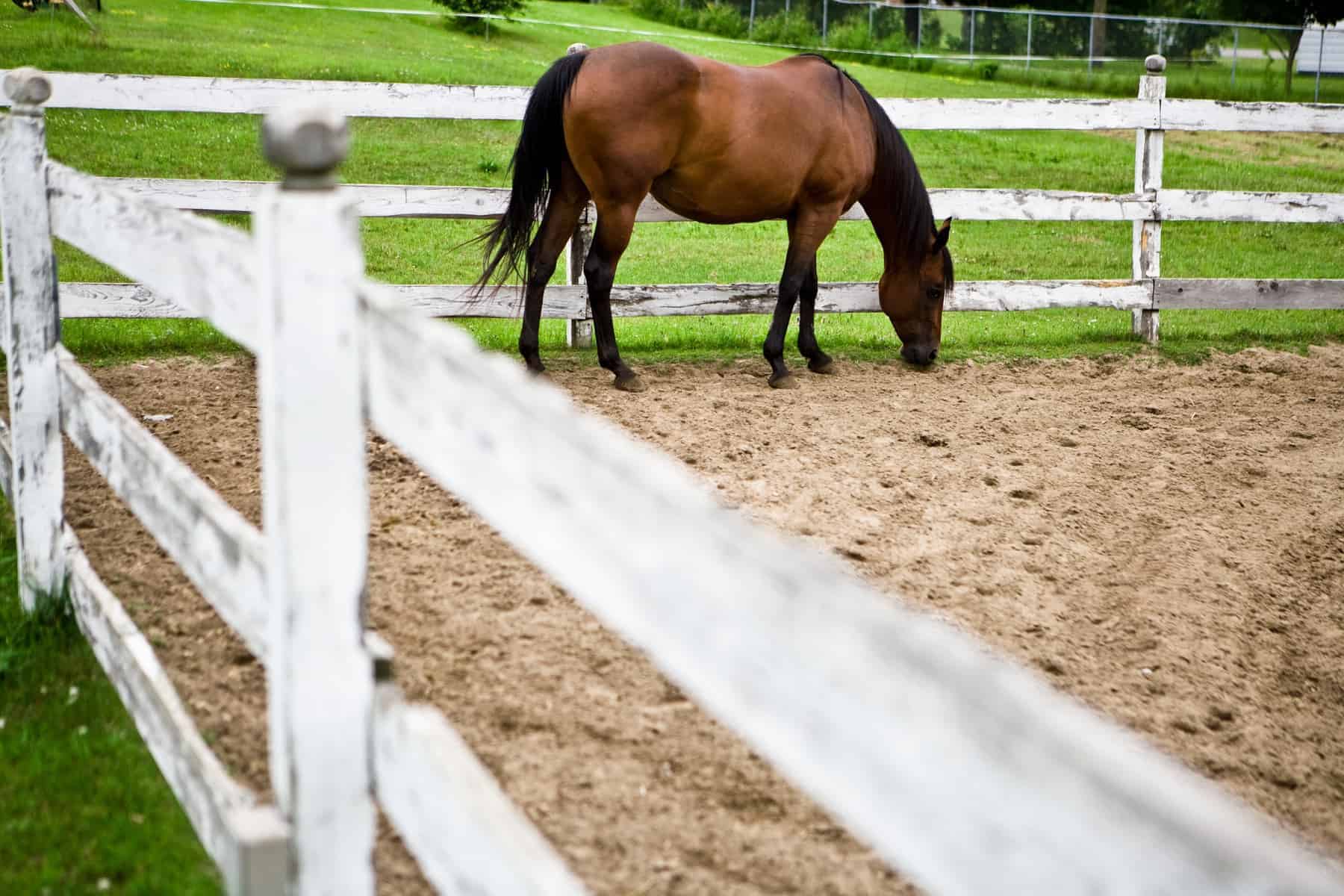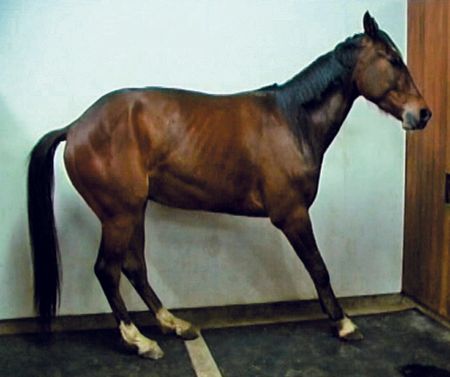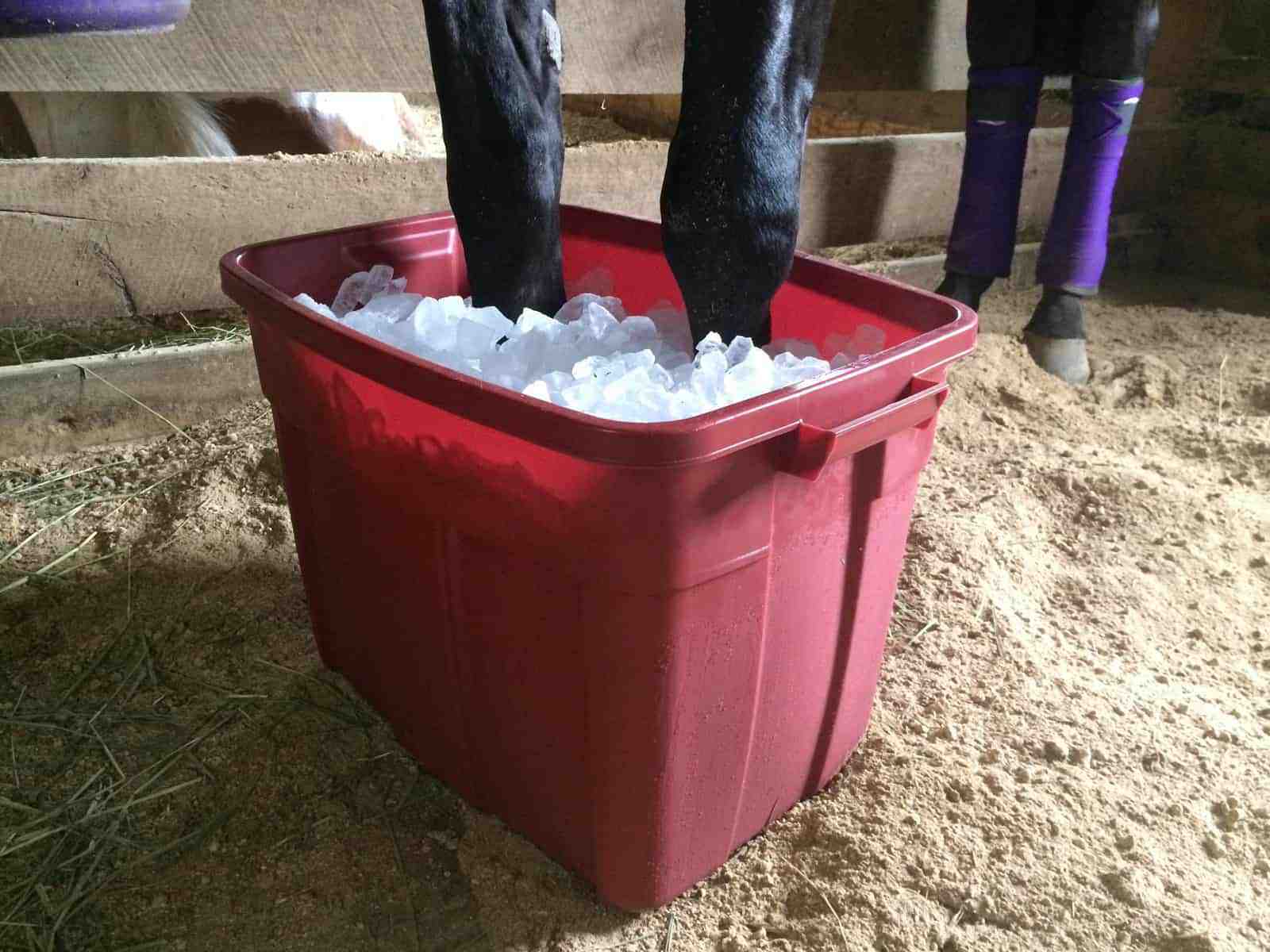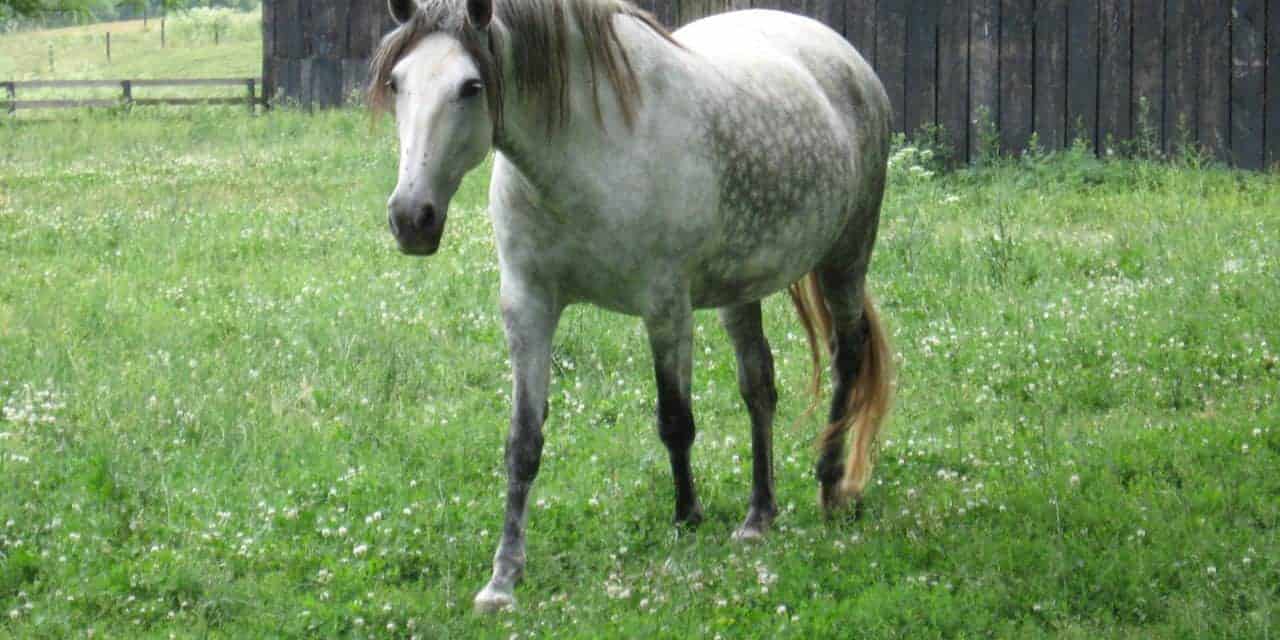Catching and diagnosing equine lameness early when you first notice something is not quite right gives your horse a better chance for a quick recovery.
Testing diagnosing equine laminitis.
Acute laminitis is in its acute phase during the first two or three days and at this point the coffin bone is unmoved.
If your horse has had laminitis ask your veterinarian to make sure the situation has been resolved and then investigate why it may have happened.
Many of the clinical signs are clearly apparent when the laminitis is acute.
A strong digital pulse can indicate other foot pain as well but a bounding digital pulse in both feet is a major clue that laminitis is to blame.
Diagnosing and treating the primary problem laminitis is often due to a systemic or general problem elsewhere in the horse s body.
Blood tests will help reach a diagnosis.
Stop feeding all grain based feeds and pasture.
A diagnosis of laminitis is based on clinical signs of lameness bounding digital pulses and radiographic findings.
This will most likely require blood tests and a review of your horse s lifestyle and work schedule.
Rule out sepsis associated laminitis sal or very sick horse laminitis and supporting limb laminitis sll or very lame horse laminitis then decide whether the cause is equine metabolic syndrome or ppid cushing s disease 90 of laminitis and all pasture associated laminitis is thought to be due to ems or ppid or corticosteroid use.
A hoof that s hot for hours.
Diagnosis of ppid should be made on the history clinical signs and blood tests.
In acute laminitis it often presents as a bounding pulse making it a universally recognised diagnostic criterion.
Ppid short for pituitary pars intermedia dysfunction formerly called equine cushing s disease should be considered for any horse with laminitis particularly if the horse is aged 10 or older or if laminitis occurs in the autumn.
Radiographic changes also vary with the severity and chronicity of the primary cause.

